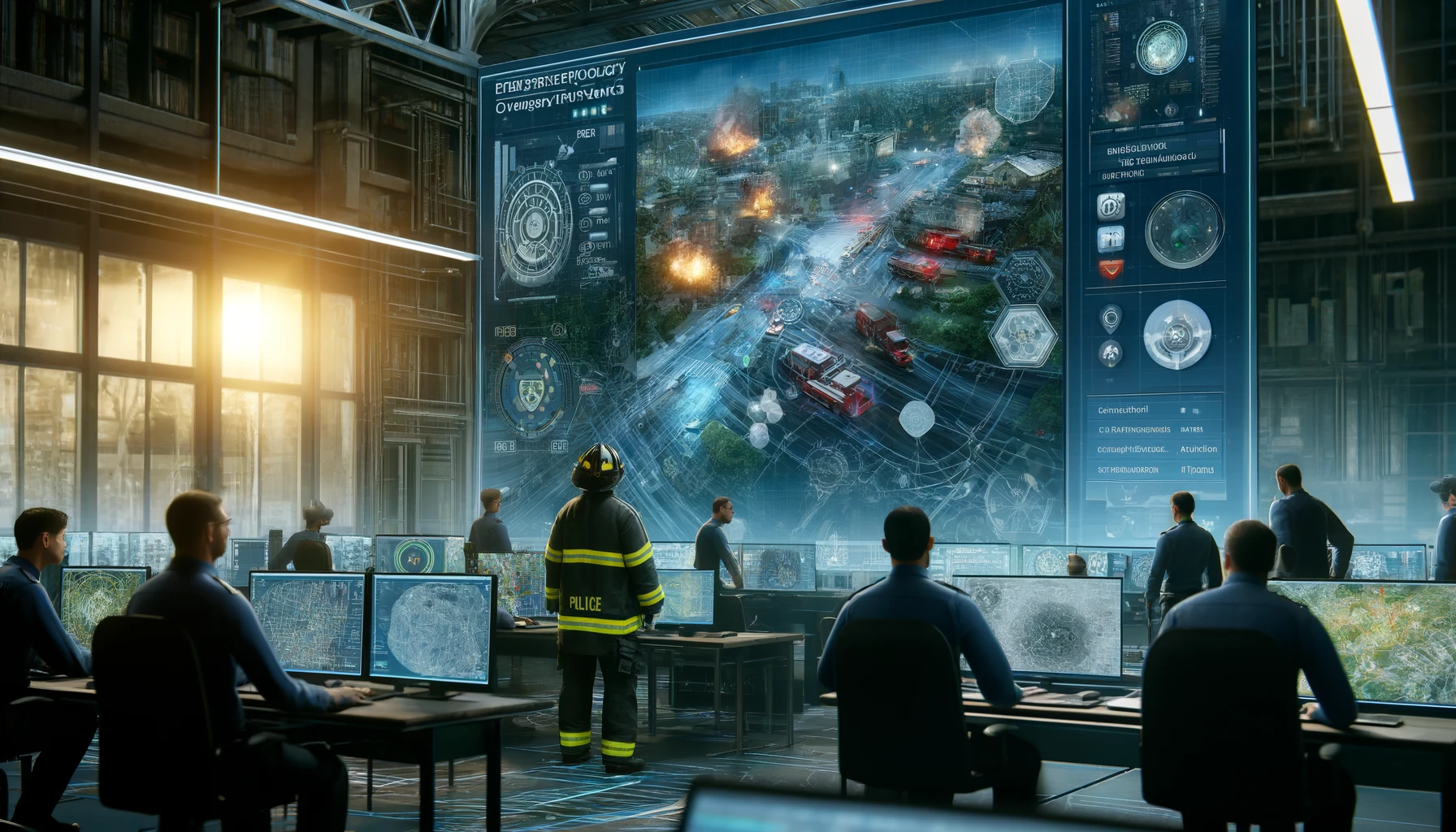As urban areas become increasingly congested and complex, the need for advanced navigation technology to enhance public safety has become more crucial than ever before. Whether it’s tracking emergency callers in large natural parks or navigating the intricate layouts of major cities, effective navigation is essential for ensuring the safety of the public. Public safety agencies are on the brink of a technological revolution that promises to revolutionize emergency response, but what exactly does this mean for response times and emergency management?
To better understand how advanced navigation technology can improve public safety, I spoke with Chris Carver, a renowned Public Safety Technology Champion. His analysis provides valuable insights into the intersection of these technologies and their potential to transform emergency response scenarios.
One key point from Chris Carver’s analysis is that advanced navigation technology enables precise location tracking, which is crucial for directing emergency calls to the appropriate 911 center. This allows responders to arrive at the scene quickly and efficiently, resulting in faster and more accurate responses that have the potential to save lives. Another important aspect of these technologies is geospatial routing, which ensures that the nearest and most suitable responders are dispatched. This not only saves time but also ensures that responders are equipped with the right tools and resources for each situation.
Integration of various emergency services is another critical benefit of advanced navigation technology. By bringing together different services like fire, police, and ambulance services, responders can work together more effectively to provide a more comprehensive response strategy. This is particularly important in crisis situations where rapid changes in geographic conditions require quick adaptation by responders. During events like Superstorm Sandy, advanced navigation tools were able to adjust rapidly to changing conditions, allowing responders to navigate through flooded streets and reach those in need more quickly than ever before.
In addition to these operational benefits, advanced navigation technology also has a significant impact on routine and critical situations alike. These tools play an essential role in creating safer communities by enabling responders to identify potential hazards before they become problems. They also help make emergency response teams more efficient by providing real-time data on traffic patterns and other factors that can impact response times. Overall, Chris Carver’s analysis emphasizes the critical role that advanced navigation technology plays in public safety by improving operational capabilities and saving lives through faster and more accurate responses.
As technology continues to advance, there are endless possibilities for further integration of these tools into public safety protocols. The future looks bright for emergency responders who want to improve their operational capabilities while saving lives through innovative solutions like advanced navigation technology.
In conclusion, advanced navigation technology plays an essential role in enhancing public safety by enabling precise location tracking
